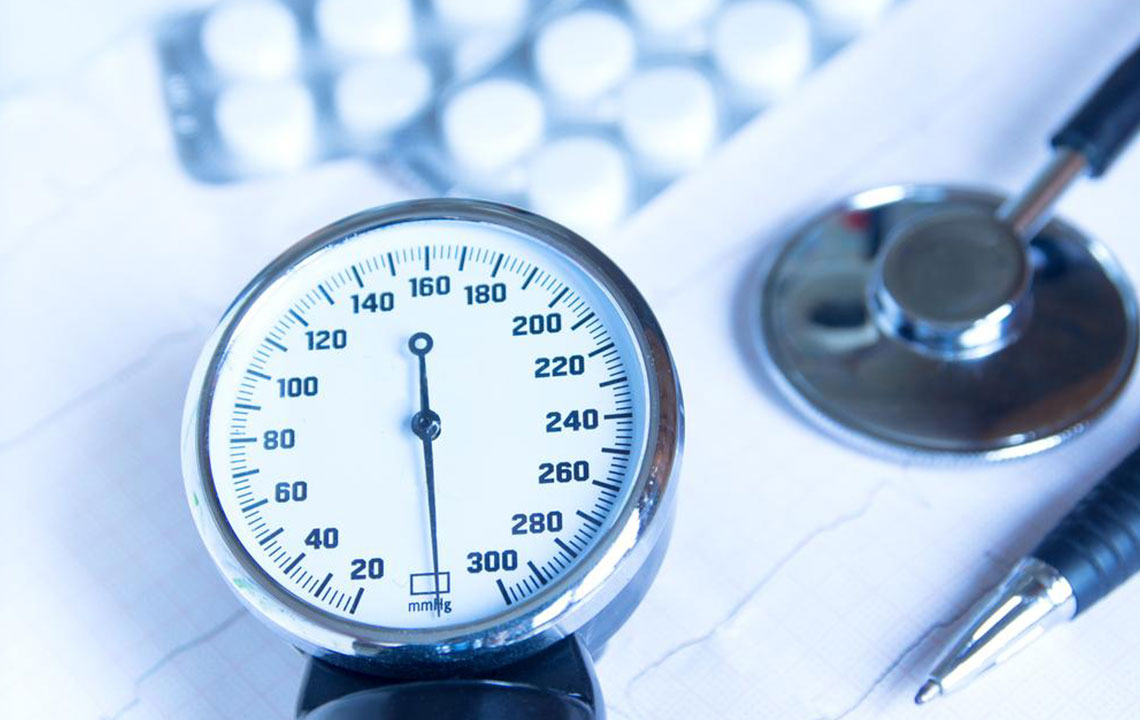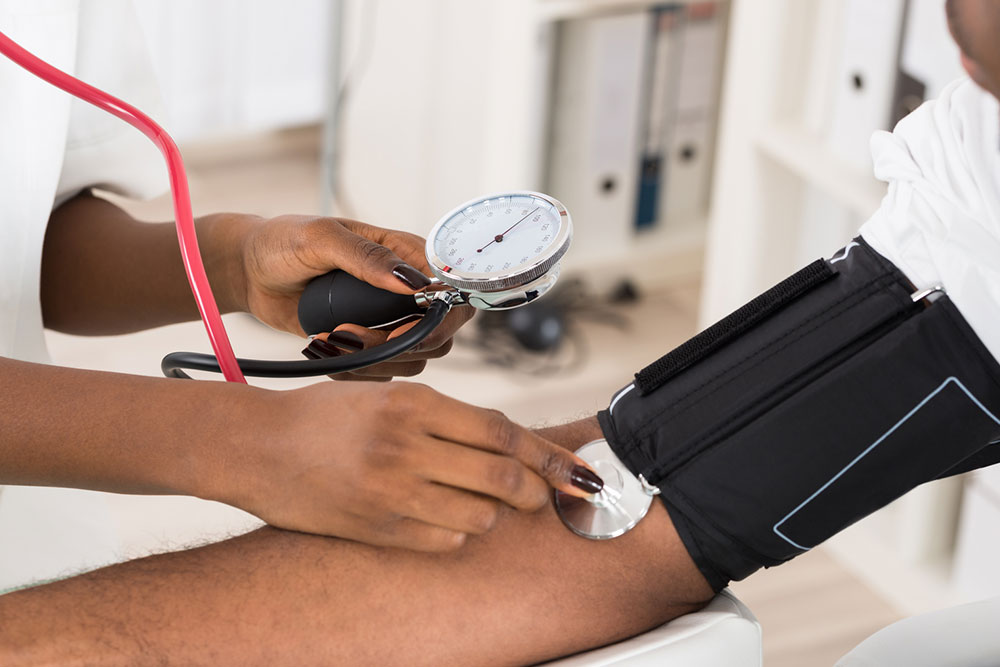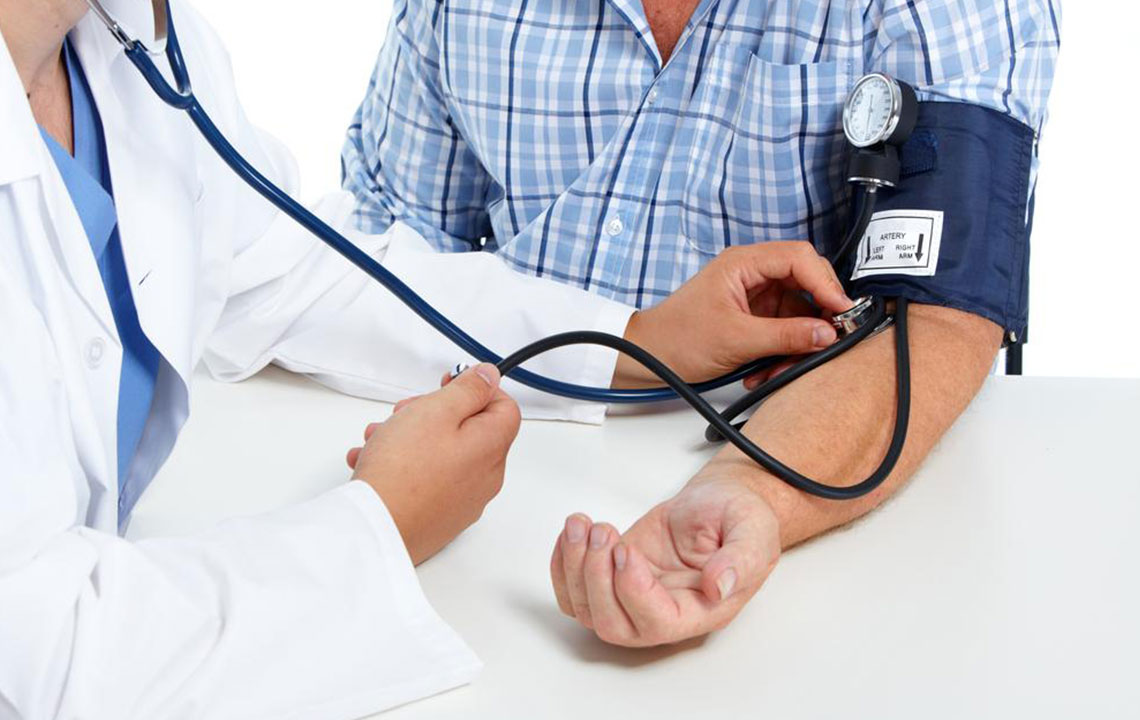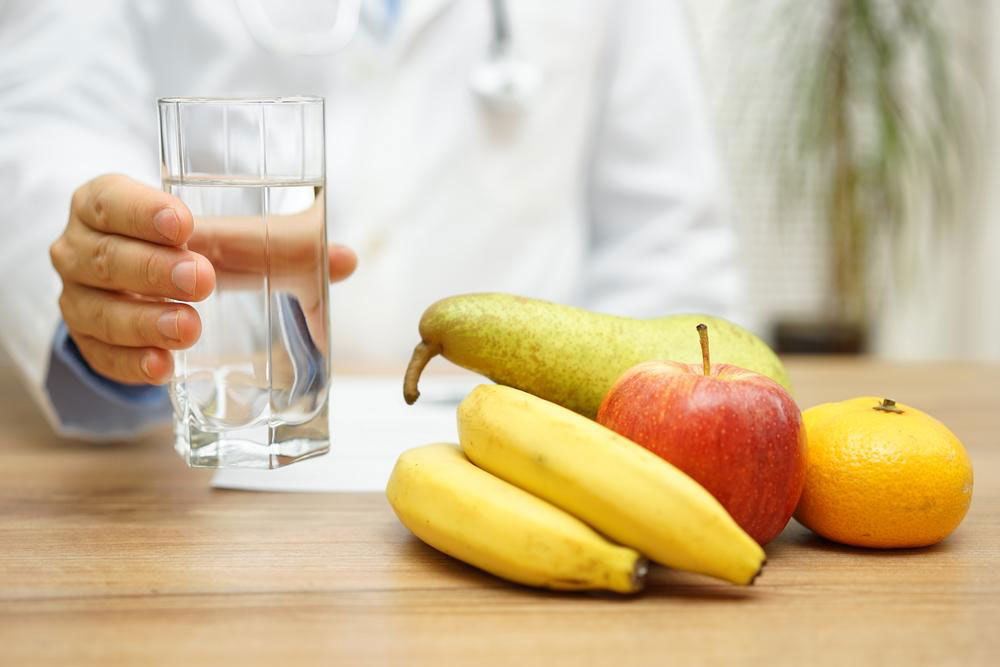Comprehensive Home Strategies for Effective Blood Pressure Management
Learn comprehensive and natural home strategies to effectively manage both high and low blood pressure. This guide covers lifestyle modifications, dietary tips, and simple remedies to promote cardiovascular health and prevent complications. Suitable for those seeking non-pharmacological approaches to blood pressure regulation, ensuring better long-term well-being and safety.

Comprehensive Home Strategies for Effective Blood Pressure Management
Blood pressure fluctuations are a widespread health concern affecting millions globally. Whether it's hypertension (high blood pressure) or hypotension (low blood pressure), understanding how to manage these conditions at home is crucial for long-term health. Modern lifestyles, increased stress levels, dietary habits, and sedentary routines often contribute to abnormal blood pressure readings. While medications are prescribed for severe cases, many individuals prefer natural, lifestyle-based approaches for blood pressure regulation. This article provides an in-depth exploration of practical and effective home strategies to stabilize blood pressure, emphasizing prevention, early recognition, and holistic management.
Understanding Blood Pressure: What It Is and Why It Matters
Blood pressure refers to the force exerted by circulating blood against the walls of arteries throughout the cardiac cycle. It is a vital indicator of cardiovascular health. Normal blood pressure typically measures below 120/80 mmHg, where 120 represents systolic pressure (when the heart beats) and 80 represents diastolic pressure (when the heart relaxes). Maintaining this balance is essential for proper organ function and overall well-being. Deviations from this range can lead to serious health complications. High blood pressure, or hypertension, is often called the 'silent killer' because it usually shows no symptoms but can cause major damage over time. Conversely, low blood pressure, or hypotension, can lead to dizziness, fainting, and other symptoms that compromise safety and health.
Recognizing these conditions early and implementing home-based remedies can prevent complications and promote cardiovascular health. Here are detailed strategies to manage both high and low blood pressure naturally:
Home Remedies and Lifestyle Changes for Low Blood Pressure (Hypotension)
If you're experiencing symptoms like dizziness, weakness, or fainting, you may need to focus on raising blood pressure levels. Natural methods include:
Increasing salt intake modestly: Consuming increased amounts of salt, such as saltwater solutions, can temporarily elevate blood pressure by boosting sodium levels. However, this should be done carefully and under medical supervision to avoid excessive salt intake which can lead to other health issues.
Caffeinated beverages: Drinks like coffee, tea, or hot chocolate contain caffeine, which acts as a vasoconstrictor, providing a quick spike in blood pressure. Regular consumption might benefit individuals with persistent low blood pressure, but moderation is key.
Consuming raisins: Soaking 30 to 40 raisins overnight and eating them in the morning, along with drinking their soaking water, can gradually improve blood pressure levels over time due to their high mineral content, especially potassium and iron.
Beetroot juice: Drinking beetroot juice twice daily has been supported by research as an effective way to naturally lower and stabilize blood pressure over a week. The nitrates in beetroot enhance nitric oxide production, promoting better blood flow.
Natural Remedies to Lower High Blood Pressure (Hypertension)
High blood pressure requires careful management through lifestyle adjustments to prevent heart disease, stroke, and other complications. Home-based strategies include:
Regular physical activity: Engaging in moderate-intensity exercise, such as daily walking, swimming, or cycling, can significantly lower blood pressure. Starting slowly and gradually increasing activity levels ensures safety and effectiveness.
Adopting a heart-healthy diet: Focus on fresh fruits and vegetables, whole grains, lean proteins, and healthy fats like omega-3 fatty acids. Avoid processed foods, saturated fats, and excess sugar, which contribute to hypertension.
Reducing salt intake: Excessive sodium consumption is linked to increased blood pressure. Limit table salt and processed foods high in sodium. Use herbs and spices to flavor meals instead of salt.
Maintaining a healthy weight: Losing excess weight, especially around the abdomen, reduces pressure on blood vessels and the heart. Weight management combined with physical activity enhances overall vascular health.
Quitting smoking: Nicotine and tobacco increase blood pressure and damage arterial walls. Avoiding tobacco products and second-hand smoke is vital for blood pressure control and overall cardiovascular health.
These proactive, home-based measures can be highly effective in maintaining healthy blood pressure levels. For persistent or severe issues, consulting healthcare professionals for appropriate diagnosis and treatment is essential.





